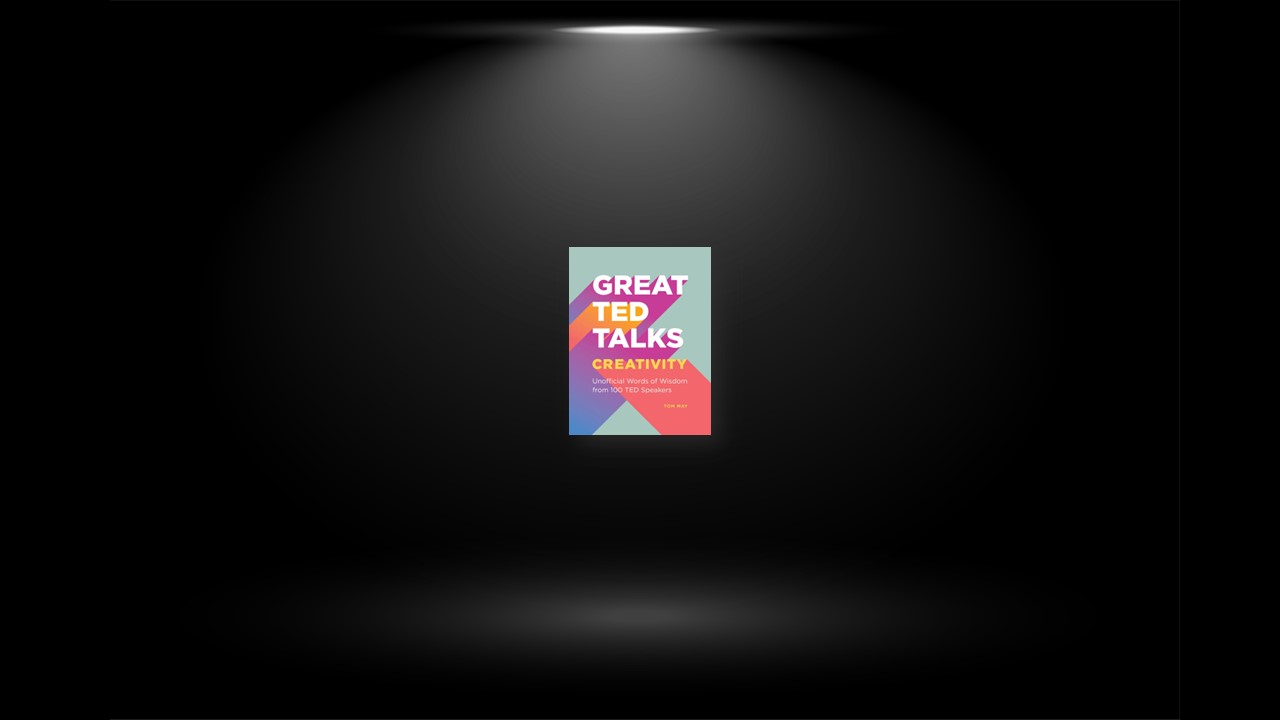Think Like a Child
Want to be more creative? Then you need to think like a child. Tim Brown, the chair of the design firm IDEO, offers a simple example of how to do this in practice.
In his talk “Creativity and Play,” Brown asks the members of the audience to take a piece of paper and draw the person sitting next to them in thirty seconds flat. Cue lots of laughter and embarrassment about how bad the sketches are. “I think I’m hearing a few ‘sorrys’!” Brown notes. “Yup, that’s exactly what happens every time you do this with adults.”
And here lies the rub. “If you try the same exercise with kids, they have no embarrassment at all,” Brown points out. “They just quite happily show their masterpiece to whoever wants to look at it. But as they learn to become adults, they become much more sensitive to the opinions of others, and they lose that sense of freedom.”
In short, to come up with inventive and creative ideas, you need to free your mind from the judgment of others—just like kids do. And one way to do that in practice, says Brown, is by turning creative tasks into a form of organized play.
Taking the sketching task as an example, Brown says, “Imagine if you did the same task with friends while you were drinking in a pub. But everybody agreed to play a game where the worst sketch artist bought the next round of drinks. That framework of rules would have turned an embarrassing, difficult situation into a fun game. As a result, we’d all feel perfectly secure.”
In other words, by finding ways to turn our creative work into play, we can tap into our inner child and unleash our imaginations, just as we did when we were kids.
Ask a Bartender
One of the best ways to get a fresh perspective on a problem can be to ask someone who’s completely uninvolved in it. Tech entrepreneur Eric Berridge gives a great example of this in his talk “Why Tech Needs the Humanities.”
Berridge was at a software company of 200 people that was about to go out of business because it simply couldn’t please a client. And so his team went to the bar to drown their sorrows.
“We’re hanging out with our bartender friend Jeff,” Berridge recalls, “and he’s doing what all good bartenders do. He’s commiserating with us, making us feel better, relating to our pain, saying, ‘Hey, these guys are overblowing it. Don’t worry about it.’ And finally, he deadpans us and says, ‘Why don’t you send me in there? I can figure it out.’ ”
Jeff was no programmer; in fact, he was a philosophy college dropout. But with nothing to lose, Berridge’s team took him up on his offer. And incredibly, it worked.
“He had completely disarmed their fixation on the programming skill,” enthuses Berridge. “He had changed the conversation, even changing what we were building. The conversation was now about what we were going to build and why. And… the client became one of our best references.”
So, the next time you have a problem, consider asking someone with no skin in the game and no expertise in the area. He or she may well have the answers you’ve been looking for.
How to Get “Aha!” Moments
We all dream of those “Aha!” moments, when an amazing idea hits. But what if there was a way to make sure they happen?
In his talk “The Search for ‘Aha!’ Moments,” Matt Goldman—cofounder of the theater troupe Blue Man Group—asks, “Is there a way to take those ‘Aha!’ moments, those breakthroughs that seem to happen randomly and occasionally, and have them happen intentionally and frequently?” And his answer: It’s all down to iteration—constantly working on an idea and improving it, bit by bit.
Goldman gives an example of Blue Man Group trying to illustrate the consumption–waste loop in a funny and surprising way. It didn’t happen overnight, but followed months of failure. “And I can definitively tell you,” he says, “that oatmeal, Jell-O, Cream of Wheat, Gak, pudding, clay, tapioca, Silly Putty, and tomato paste do not slide through a tube that’s coiled up under your costumes [and] that’s meant to come out an orifice in your chest and spray toward the audience. It won’t happen.”
Finally, after lots of experiments, their “Aha!” moment came. “Who knew that bananas would have the exact right properties to stay solid even when pushed through a tube with forced air, yet slippery enough to have the dramatic oozing effect that we were looking for?” Goldman exclaims.
The lesson? Don’t wait around for big ideas to strike like a bolt from the blue. “Aha!” moments are more likely to stem from steady iteration than sudden inspiration.
Be Bored
It’s happened to most of us at some point in our lives. We’ll be doing a menial task, like driving or folding laundry, when a really good idea hits us. As podcaster Manoush Zomorodi explains in her talk “How Boredom Can Lead to Your Most Brilliant Ideas,” this happens because our brain starts forming new neural connections when our bodies are on autopilot.
Unfortunately, the constant distractions caused by digital technology mean we’re spending less and less time in this “autopilot zone”—and getting fewer ideas as a result. Zomorodi wondered, “What would happen if we broke this vicious cycle?” So she asked her podcast listeners to actively spend less time on their phones and report what happened. “Immediately, we saw some creativity kick in,” she recalls.
New Yorker Lisa Alpert was one of those taking part in the experiment. “I was bored, I guess,” she recalls. “So, I suddenly looked at the stairway… and I thought, you know, I had just come down that stairway, but I could go back up and then come back down and get a little cardio… I did it ten times, and I had a complete cardio workout. I got on that R train feeling kind of exhausted, but, like, ‘Wow, that had never occurred to me. How is that possible?’ ”
This is a small but significant proof of a simple concept: that if we put our phones away, our brains come up with more ideas. If you want to become more creative, says Zomorodi, “take a break, stare out the window, and know that by doing nothing you are actually being your most productive and creative self.”
Turn Out the Lights
If you want to think in a different way, head for the light switch. Because as archaeologist Holley Moyes describes in her talk “How Darkness Influences Imagination,” humans have always sought darkness to transcend the ordinary.
Knowing that caves have been important to religious rites throughout history, Moyes carried out an experiment to find out the psychological role that darkness plays in such events. This involved presenting students with a number of impossible-sounding scenarios and asking them to come up with possible explanations.
Half of the students were placed in a well-lit room with a picture window, and the other half were taken to a dark room with only a tiny light. Moyes found that “in the light room people tended to choose more rational or scientific explanations, but in the dark room people were more inclined to use their imaginary thinking.”
This study echoes anthropological research carried out by Polly Wiessner, who recorded conversations with the Kalahari Bushmen over a twenty-year period. “During the day, people wanted to talk about ordinary things: where are they gonna go, what are they gonna do, what are they gonna eat, things like this. But at night it was totally different: sitting around the fire, they sang, they danced, and eighty percent of the time they told stories… living in their imaginary thinking.”
Moyes’s conclusion? “When we take the archaeological record… what it suggests is that our environment plays a very important part, in not only how we feel, how we think, but also how we interpret our world.” The next time you want to bring your imagination to life, a simple remedy therefore presents itself: turn down or, better still, turn off the lights.


